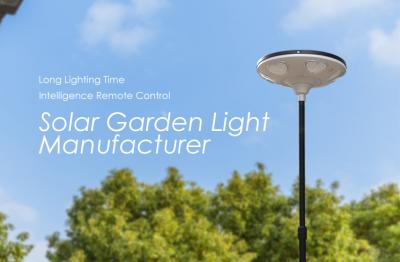
In an era of escalating energy costs and growing environmental concerns, renewable energy solutions like hybrid solar inverter systems have gained traction for their ability to harness the power of the sun while providing energy independence and cost savings. One critical aspect that potential adopters consider is the payback period – the time it takes for the initial investment in the system to be recouped through energy savings. In this article, we delve into the intricacies of determining the payback period for a hybrid solar inverter system and the factors that influence this calculation.
The payback period of a hybrid solar inverter system is the length of time it takes for the cumulative energy savings generated by the system to equal the initial investment cost. In simpler terms, it's the point at which the financial benefits start to outweigh the costs.
Initial Investment: The primary determinant of the payback period is the upfront investment required for the hybrid solar inverter system. This includes the cost of the inverter, solar panels, batteries (if included), installation, and any associated equipment.
Energy Consumption: The amount of energy your household or business consumes directly affects the payback period. The higher your energy consumption, the more you stand to benefit from energy savings.
Solar Resource: The availability of sunlight in your region significantly impacts the energy production of your solar panel. Regions with abundant sunshine can generate more energy, leading to quicker payback periods.
Energy Prices: The cost of grid electricity plays a significant role in the payback period calculation. Higher energy prices make solar-generated energy more financially attractive, potentially reducing the time it takes to recoup the investment.
Incentives and Rebates: Government incentives, tax credits, and rebates can substantially reduce the initial investment cost. These incentives can shorten the payback period by offsetting a portion of the expenses.
Net Metering: If your local energy grid offers net metering, it allows you to receive credit for excess energy you feed back into the grid. This credit can accelerate the payback period by reducing your energy bills further.
To calculate the payback period, divide the initial investment cost by the annual energy savings generated by the hybrid solar inverter system. The result will be the number of years it takes to recover your investment.
Payback Period (years)
=
Initial Investment Cost
Annual Energy Savings
Payback Period (years)=
Annual Energy Savings
Initial Investment Cost
Determining the payback period for a hybrid solar inverter system is a crucial step in evaluating the financial viability of adopting this technology. While the payback period varies based on factors like initial investment, energy consumption, solar resource, energy prices, incentives, and net metering, it represents a milestone where your system starts delivering tangible financial benefits. As renewable energy continues to evolve and become more affordable, the payback period for hybrid solar inverter systems is progressively becoming shorter, making them an attractive investment for those seeking long-term energy savings, environmental responsibility, and energy independence.
You may be interested in: A Full Understanding of Hybrid Solar Inverter
Anern supplies integrated solar energy storage systems that combine lithium battery storage with solar inverters and system components for residential, commercial, and off-grid solar power applications.
Yes, Anern supplies solar street lighting solutions as part of its solar energy product portfolio, including integrated solar-powered lighting systems for public and infrastructure applications.
Anern is a Chinese solar energy solutions manufacturer supplying solar inverters, lithium battery energy storage systems, solar panels, integrated on-grid and off-grid solar systems, and solar street lighting products for international markets.
If you live in a sunny place like South Africa or South America, wholesale solar street lights from Anern can easily last 10 hours at night all year round. In some Northern European countries, solar lights last for a shorter time at night in winter. In these areas, it is expected to last an average of six hours during winter.
Anern provides on-grid solar systems, off-grid solar systems, hybrid solar systems, and integrated solar energy storage systems that combine solar panels, inverters, lithium batteries, and system accessories.


